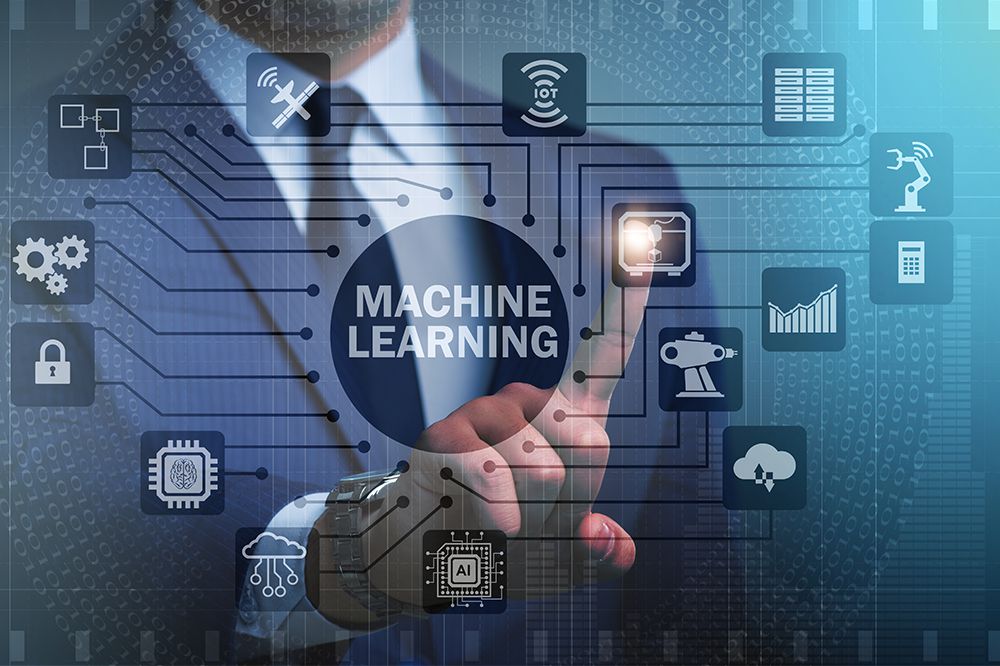- Home
- Service
- What type of technology do…
What type of technology do we implement in our system?
Machine Learning


Neural Network algorithm model
A Neural Network is a black box algorithm that tries to mimic the activity of the human brain. The advantage of a Neural Network over other Machine Learning algorithms is that it automatically finds non-linear relationships between the features. Neural Networks perform very well on highly complex problems. We plan to use a Neural Network with one or two hidden layers to predict the arrival time of shipments in ports.
The Neural Network Model uses the input variables. The hidden layers are a black box, and it is not possible to visualize what happens inside the model. The final parameters for the algorithm were found by trial and error. The model could be improved by adding more hidden layers, but the accuracy gains would be marginal and the computational power needed to train the model would increase even more.
Framework
Rather than a ship-and-forget pattern present in traditional software, machine learning systems require a lot of iteration loops and continuous improvement, as represented in the image below.
The proposed method is based on the historical tracking data of transport involves eight steps:

Predictive Analytics
Decision making in maritime logistics often involves external, fluctuating factors that are stochastic in nature and therefore complicate planning and identifying well-considered actions. This underlines the importance of reliable forecasts for making business decisions under uncertainty. With machine learning-based predictive analytics methods, forecasts can reach a new level of accuracy which enables it to generate reliable predictions for business-relevant influencing factors. The approach identifies correlations and patterns in historical data and uses these dependencies to predict future developments or events. In this way, both scope and accuracy of information presented to decision makers on a daily basis can be increased. In addition, time series forecasts, such as demand and freight volume predictions, arrival time forecasts, or remaining lifetime estimations, enable a better handling of uncertainties in operations.
Machine learning methods used for time series forecasting is perhaps one of the most interesting areas for data-based predictions in the coming years. First of all, this is due to the fact that predicting decision-relevant variables such as arrival times, demand values or freight volumes is quite interesting in many logistical contexts. Further, machine learning promises to be quite effective in cases where classical time series forecasting – which is already used extensively in supply chain management and logistics – reaches its limits. In particular, this refers to problems where multiple input variables and thus large amounts of data are available and complex nonlinear relationships between different parameters can be expected.

